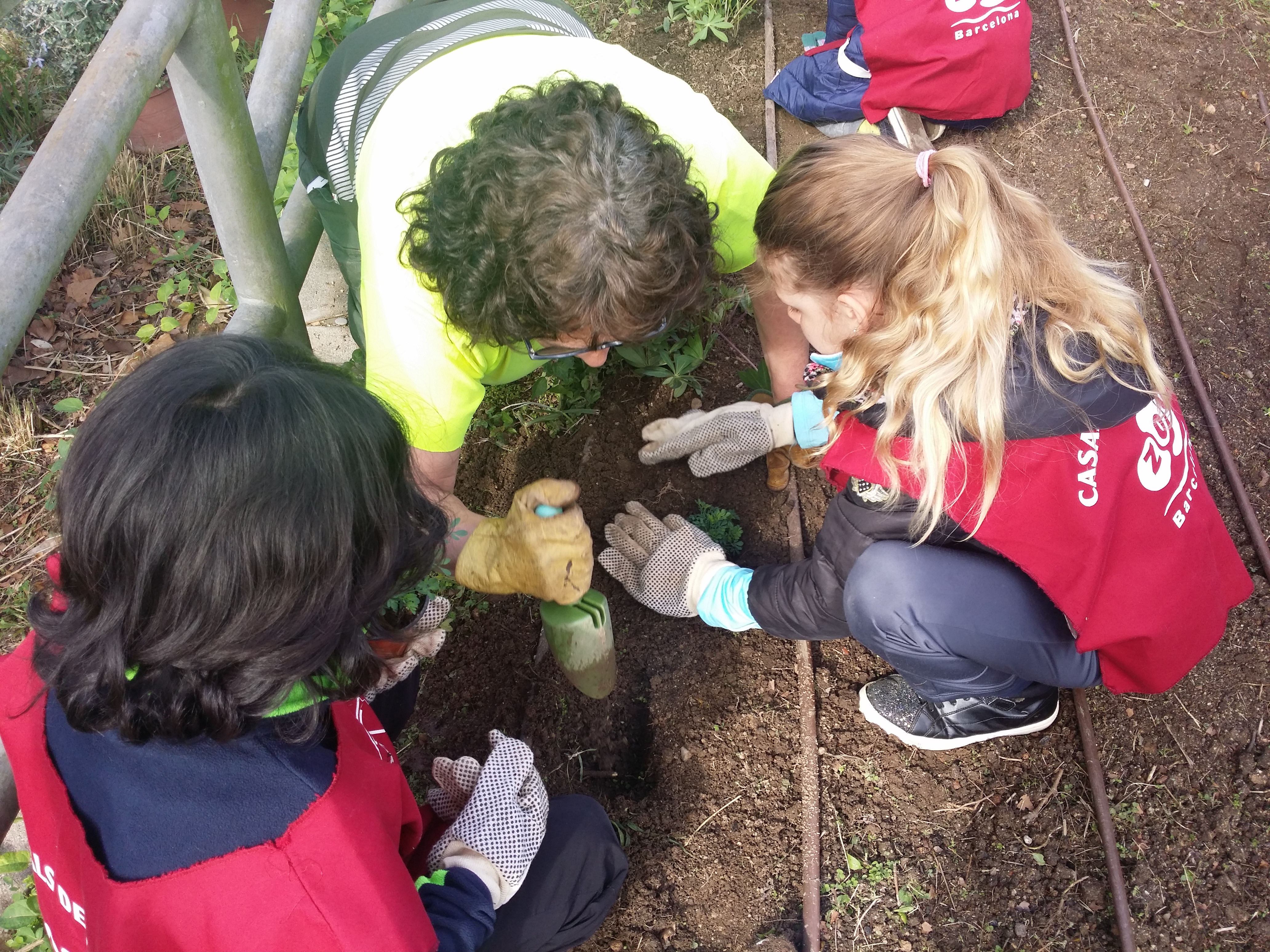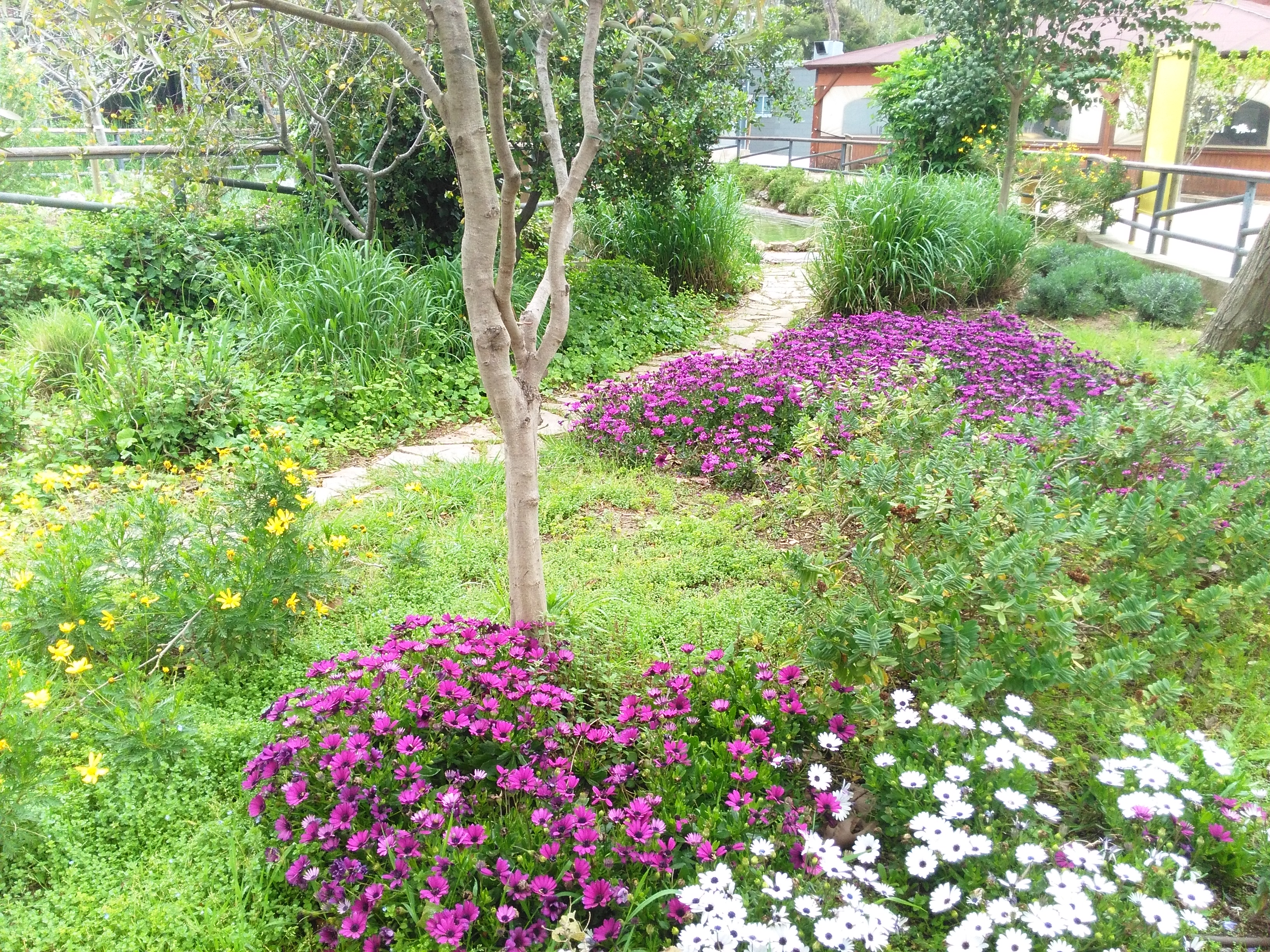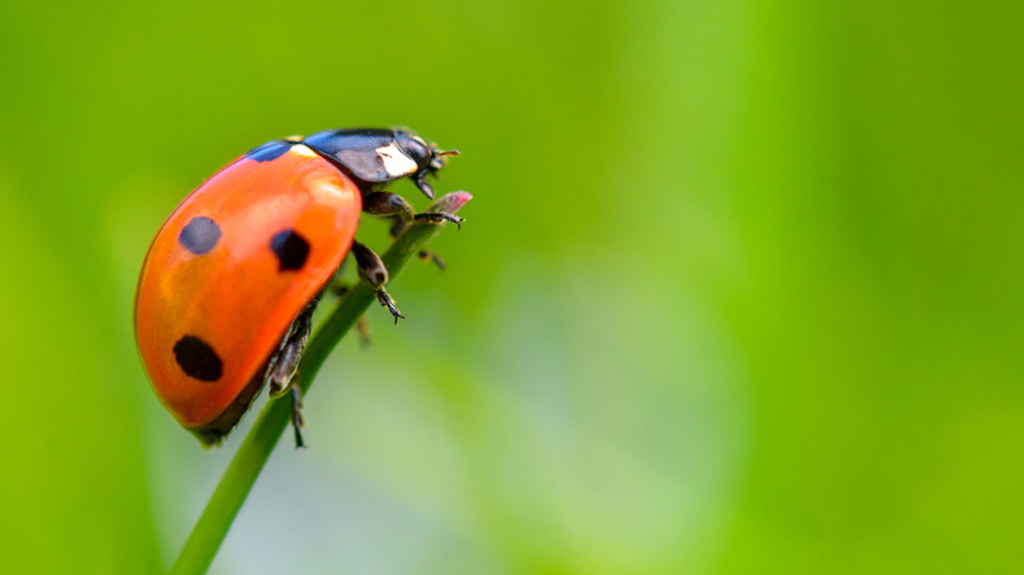In addition to being devoted to wildlife knowledge, conservation and research, the Zoo is also a garden that is home to a wide diversity of urban animals. The trees, large number of shrubs and landscaped parterres that fill the park are home to many birds, several small mammals and a large number of invertebrates.
Traditional gardening is focused more on landscaping and ornamentation, not bearing in mind the wildlife that lives in our gardens and that use plant life as their habitats. Following the instructions of the Barcelona City Council’s Department of Ecology, City Planning and Mobility and in line with new sustainable gardening trends with a low environmental impact, we have started to make several changes in how we manage the flora in our park, creating more spaces to favour the development of urban wildlife species. All the city’s green points are necessary for these animals that seek shelter from more hostile areas, hiding among the leaves and ground cover, making nests in the treetops or in tree trunks, taking advantage of growing fruits and flowers to feed on and drinking from the water in ponds and fountains and lakes.
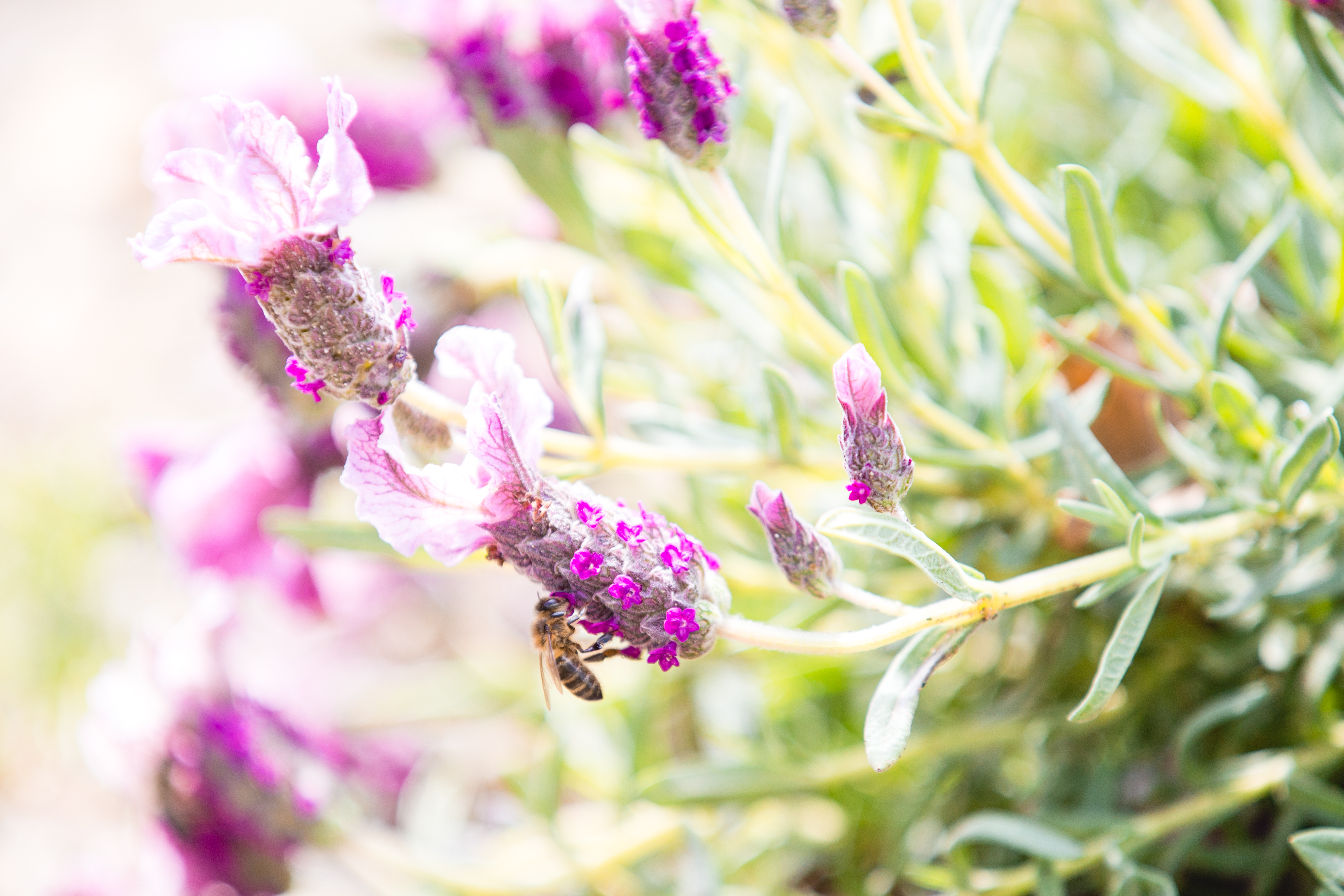
Thus, we have started a project we have baptised zoological gardening, a different way of defining a garden that favours biodiversity, especially with regard to invertebrates, and also incorporates the practice of more sustainable gardening that requires less watering and the dissemination of these best practices. The Zoo took its first steps in this direction several years ago now, creating the Garden of Biodiversity at the Farm, in complicity with some of its employees who are lovers of urban wildlife, although now the aim is to enhance and maximise resources for this concept of gardening as a home for wildlife species.
What are we doing to favour the presence of urban animals at the Zoo?
These are a few of the actions we have started up:
- Delimit areas of the Zoo to let existing grass grow freely and favour the free growth of spontaneous flora, grasses and other ‘weeds’ that could be suitable habitats for invertebrates
- Decrease pruning in other parterres to let the flowers grow
- Devote more space to native shrubs that require less watering and that have nutritious flowers and fruits for butterfly larvae and other insects. One example of this is a large 126m2 strip next to the bison, at the fence next to the Catalan Parliament
- Add more flowering plants as a source of nectar to favour the presence of pollinator insects. We planted them in the Farm’s Butterfly Garden, in the parterres across from the mongooses and shrikes, and next to the palm groves
- Create green corridors through which the urban wildlife species can move that are present in our gardens, such as hedgehogs and midwife toads
- Design signs that explain this type of gardening and the spaces we allocate to it so that everyone understands that although they may be less beautiful, they are actually areas with high biodiversity that can be very interesting to watch!
The results of some of these actions have been extremely fast and it is well worth taking your eyes off the larger animals that live inside the Zoo’s exhibits to also look around and see the bees, butterflies and other insects that follow, attracted to the new plants in the parterres and little prairies that fill the Zoo’s urban gardens with life and colour.
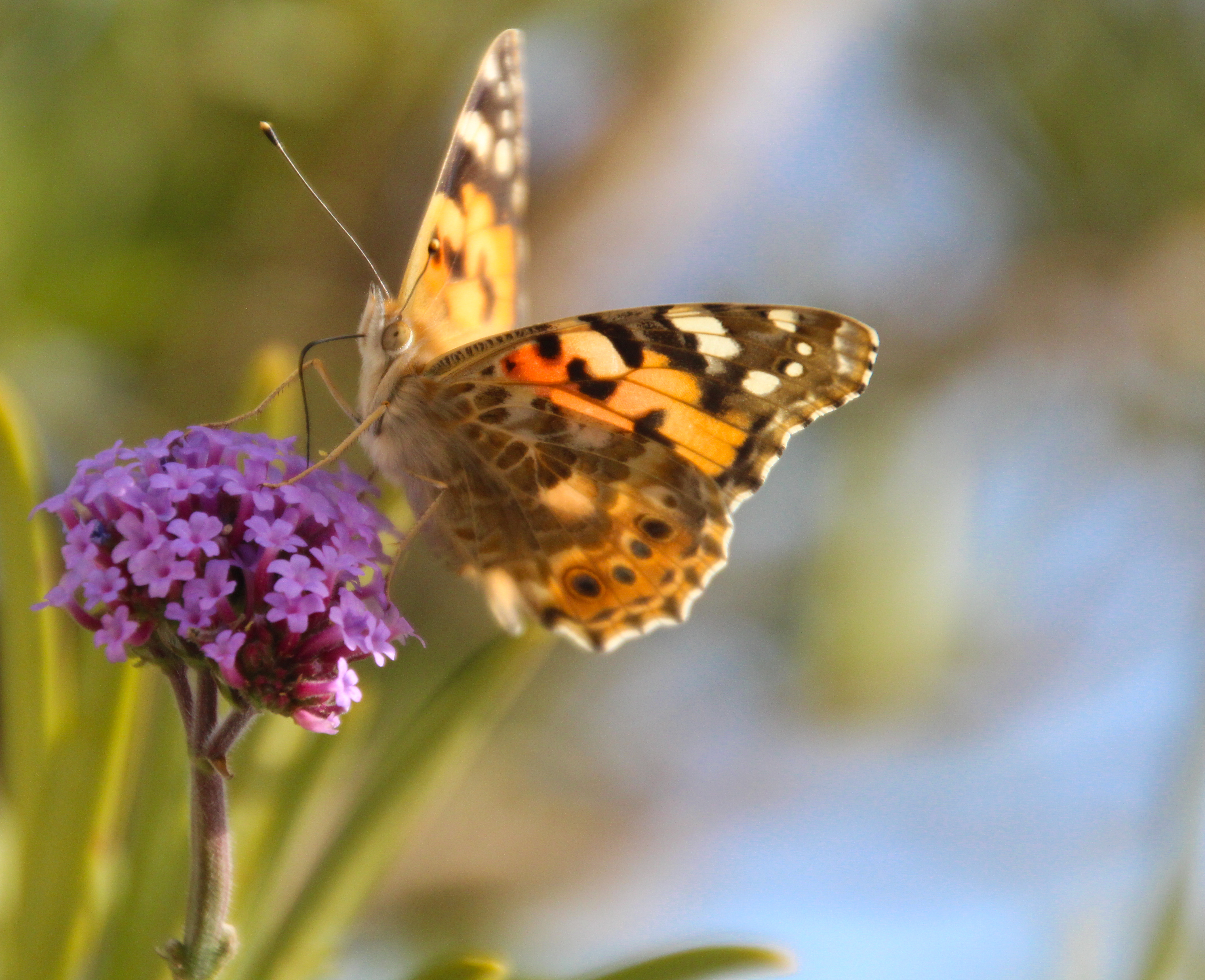
The results of some of these actions have been extremely fast and it is well worth taking your eyes off the larger animals that live inside the Zoo’s exhibits to also look around and see the bees, butterflies and other insects that follow, attracted to the new plants in the parterres and little prairies that fill the Zoo’s urban gardens with life and colour.
